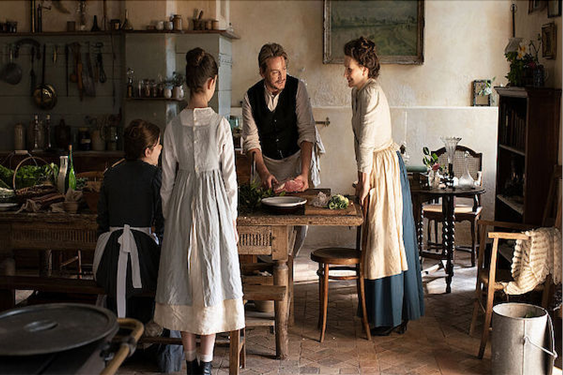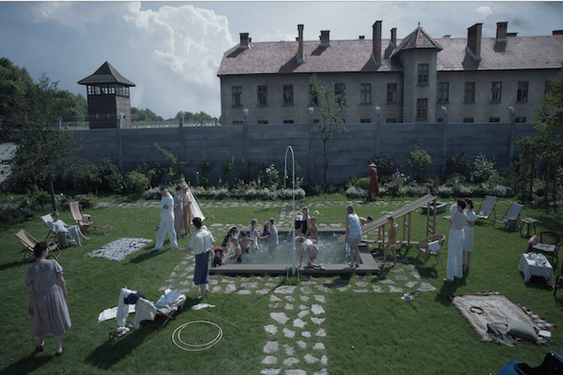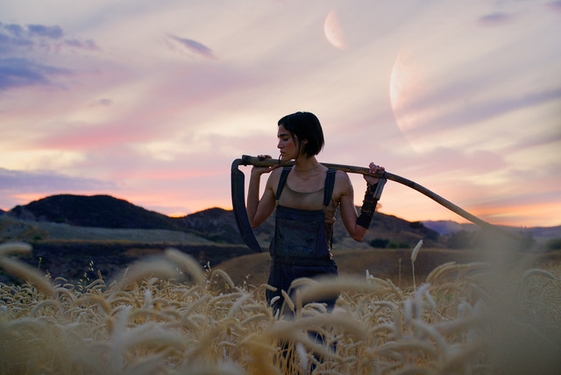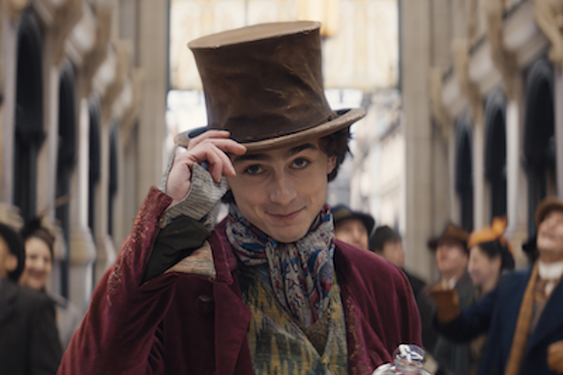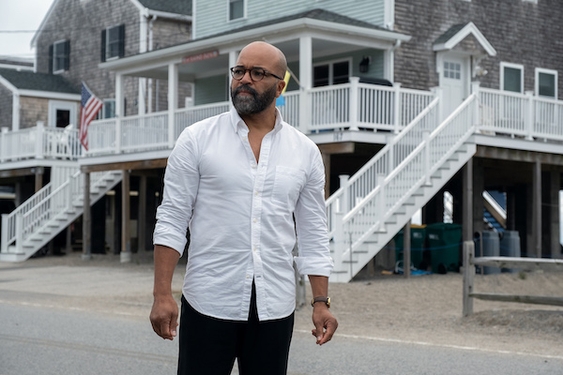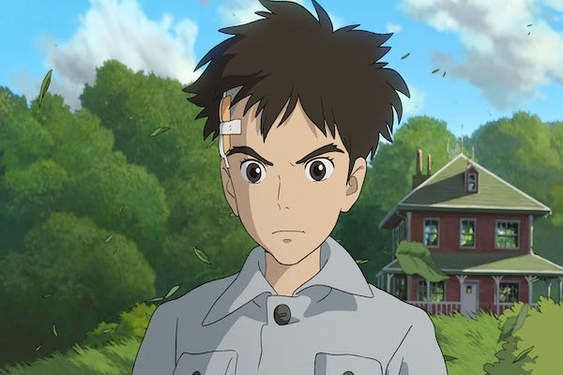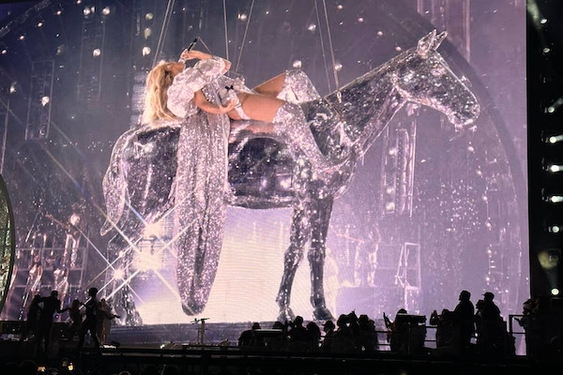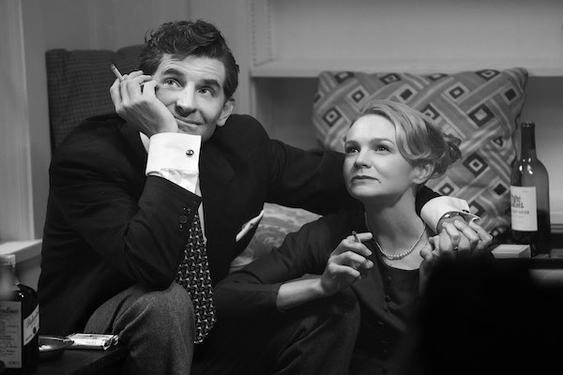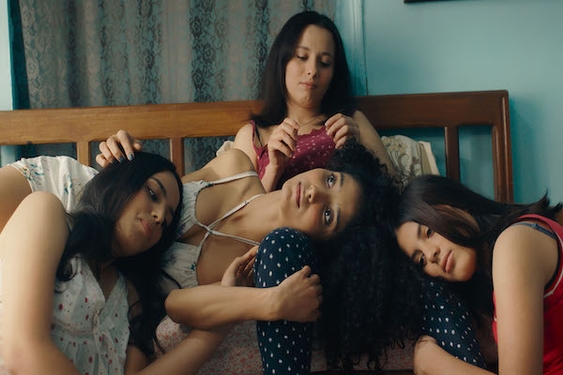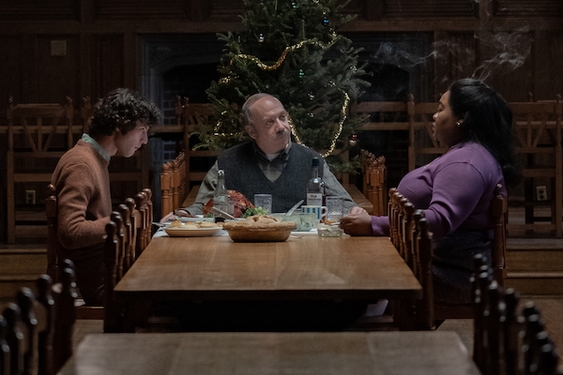Eidos-Montreal crafts a vision of the space opera that’s pitch perfect despite the flaws
Eidos-Montreal had to do its homework when crafting its take on “Guardians of the Galaxy.” The franchise is far different from a typical superhero project like “Spider-Man” because it’s based on a team rather than a solitary figure. The developers had to account for five characters in a campaign, and they had to add in the fact that it’s a single-player game. The logistics of the task seem daunting.
But somehow Eidos-Montreal pulls it off with “Marvel’s Guardians of the Galaxy,” a new take on the franchise made popular by director James Gunn. Players take on the role of Peter Quill aka Star-Lord, who leads a familiar roster of misfits — Rocket Raccoon, Groot, Gamora and Drax the Destroyer.
Although they look similar to their film counterparts, this version of the “Guardians of the Galaxy” is Eidos-Montreal’s creation. It’s one influenced more by the comic book, taking place in a post-war environment after the Nova Corps and an alliance of space-faring civilizations defeated the Thanos-led Chitauri.
DIFFERENT FROM THE FILMS
In this iteration, the Guardians have been together for a few months but the freelance heroes have found work difficult. They’re on the verge of bankruptcy and looking for a score that will put them on better financial footing. That leads the crew to the off-limits quarantine zone, where all sorts of weapons and tech were discharged during the war. They sneak in looking for a creature to sell to Lady Hellbender, but instead of finding their prize, the Guardians inadvertently unleash the Universal Church of Truth upon the galaxy.
Led by Grand Unifier Raker, the cult quickly spreads like a virus, thanks to its supernatural powers. Through the campaign’s 16 chapters, players have to find a way to stop the church before it converts everyone and steals their faith energy. It’s a premise that takes a few chapters to crystalize, but fans won’t mind the slow boil because “Guardians of the Galaxy” captures the spirit of the franchise.
Everything from the bickering between characters to the music choices are pitch perfect in this space opera. As Quill, players act as the squad’s quarterback and coach. In battle, the protagonist is a ranged character who mainly fights at a distance. What’s more important is that players have the option to direct the guardians to attack a targeted adversary.
They have to keep in mind that each crew member has a specialty. Drax deals stun damage to open up foes to stronger attacks. Gamora destroys opponents’ health as an assassin. Rocket’s weapons cover a wide area while Groot entangles foes so the team can attack them freely. Players have to know when to use each team member’s talents to efficiently dispatch enemies during a skirmish.
As players gain experience points, they earn ability points that give each Guardian more attacks, making them more versatile. That’s useful because during the campaign Rocket, Drax, Groot and Gamora become unavailable for their own reasons. That forces players to find ways to make up for lost talents using new tactics.
STAR-LORD AS QUARTERBACK AND COACH
Quill himself has his own progression tree that uses perk upgrades from collectible resources, elemental attacks that he learns at pivotal moments of the story as well as ability points. It’s a good combat system that captures the Guardians’ team-based fights. That vibe is further cemented with the Huddle, which is the Guardians special move, which is activated when the meter is built up over time. When huddled up, players motivate their team by choosing the right speech and if done right, it revives fallen allies and gives them a boost.
The only problem with the combat system is that it’s too frantic and chaotic at times, and players just run through the motions to get through confrontations. The fights end up being one-note at times. In addition, the button to activate the Huddle is too sensitive at times.
To break up the combat, Eidos-Montreal introduces puzzle elements and exploration points. Along with their role in combat, each Guardian has a talent that helps Quill overcome obstacles or reach secret areas. To find clues on whether Gamora can stick her sword in walls or if Drax can move a heavy pillar as a stepping stone, Star-Lord will have to scan the area with his visor. It helps spot objects, with which the Guardians can interact.
The puzzles aren’t too difficult, but it’s finding the secret areas that are worthwhile. They unlock new costumes for characters and offer resources to power-up Quill. More importantly, the discoveries unlock certain dialogue options and asides that capture the wicked humor among the team.
That’s what Eidos-Montreal nails best with its “Guardians of the Galaxy.” The narrative and the writing capture the evolving camaraderie amid the cast. The Guardians start off as quarreling business partners, but by the end of a campaign — which drags on a little too long in the later going — they become family.
That message of what constitutes family is at the heart of the franchise. It’s a theme that Eidos-Montreal took to heart as they crafted a narrative and gameplay built on the idea, one in which a band of wounded misfits find a home among kindred spirits.
———
‘MARVEL’S GUARDIANS OF THE GALAXY’
3 1/2 stars out of 4
Platform: PlayStation 5, PlayStation 4, Xbox Series X|S, Xbox One, PC
Rating: Teen
©#YR@ MediaNews Group, Inc. Visit at mercurynews.com. Distributed by Tribune Content Agency, LLC.



